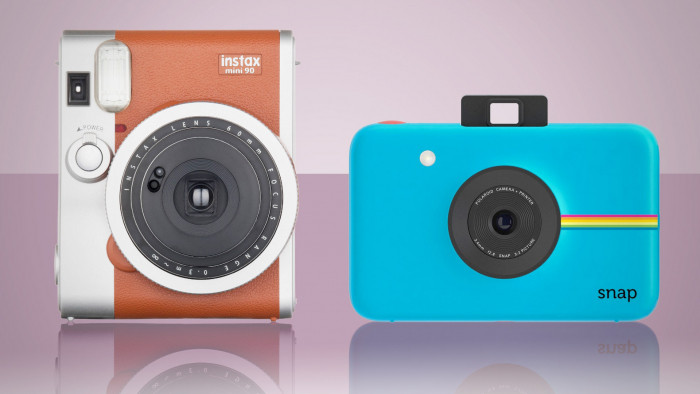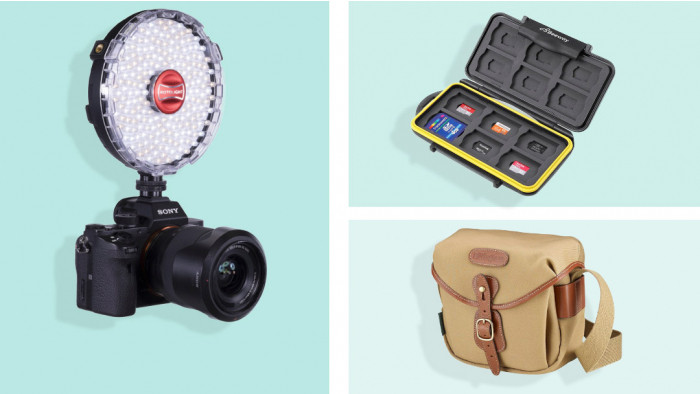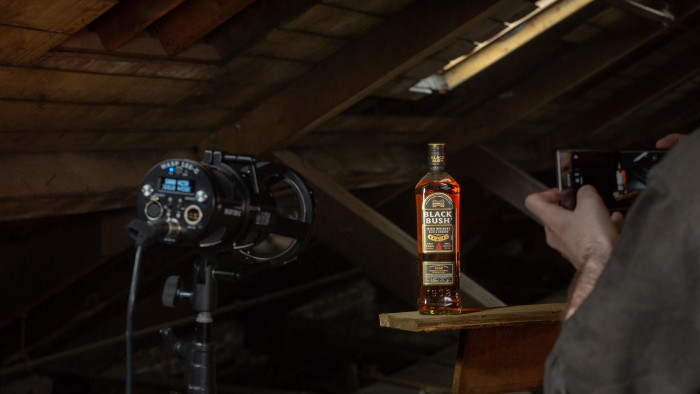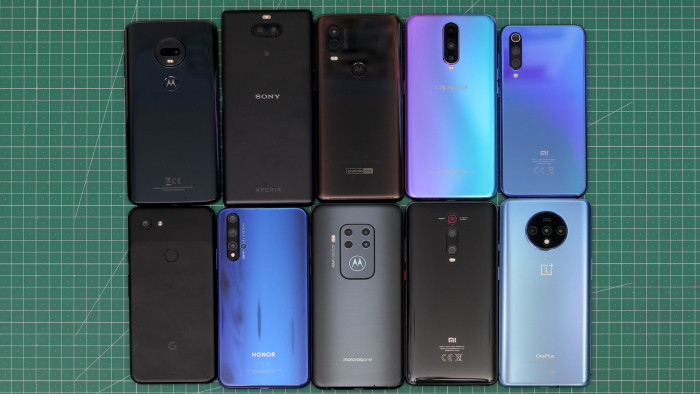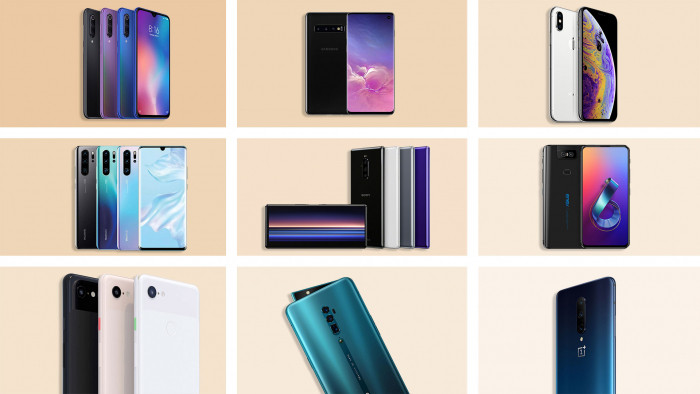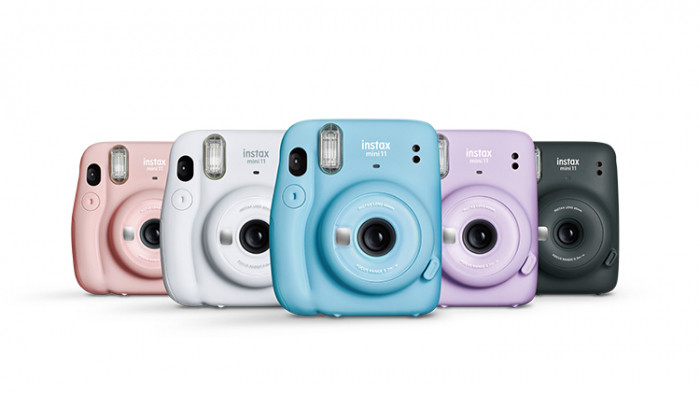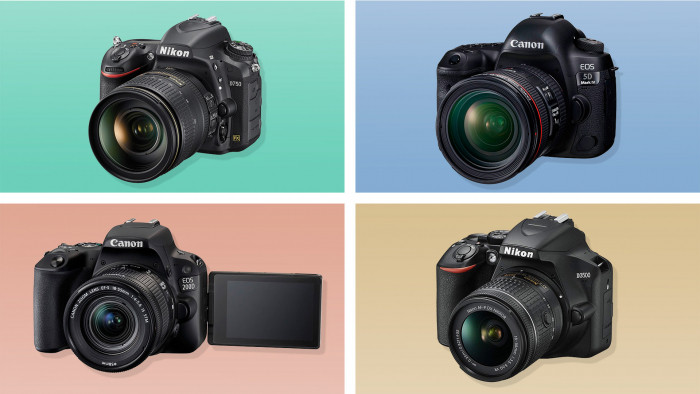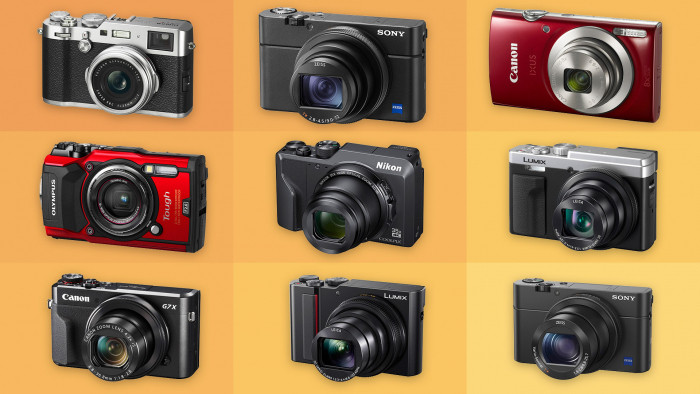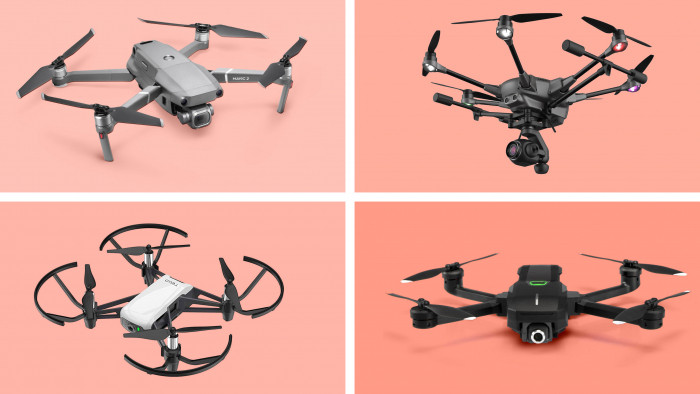Andrew Lowry on the unstoppable rise of the cameraphone
History books on the first years of the 21st century won’t be illustrated with paintings, or with tintype pictures taken on cameras the weight of a human head. The explosion in cameraphones has meant that every gig, lunch, celebrity train journey and major terrorist attack is thoroughly documented and immediately uploaded to be archived forever in the digital ether.
It wasn’t always so. Photography is a relatively young technology, only coming together when several strands of research combined in 1839 in the work of French theatre designer Louis Daguerre. He reduced exposure times from hours to minutes by exploiting the light-sensitive reactions of silver iodide, and began the popularisation of a technology people hadn’t even dreamed of. As well as portraits of the wealthy, the new ‘Daguerrotypes’ documented the Crimean War, and nothing was ever the same again – it’s hard to imagine, but before this invention it’s unlikely people even knew what their leaders looked like, let alone foreign countries and wars. And the wealthy photography fans of the time weren’t dissimilar to the teens of today: “Rich people did everything on camera we do today – horsing around, self-portraits, amateur pornography – except it cost them vastly more than it does us,” says David Bate, author of Photography: The Key Concepts.
As the 19th century turned into the 20th, Kodak gave us The Brownie, a camera introduced in 1900, which was updated right up to 1980, with an inexpensive and simple design that meant your grandad was able to snap those pictures on your parents’ wall. One blockage remained, however – the need to process your pictures, which was both time-consuming and costly. And, if your childhood was anything like ours, half of them would be whited out with an apologetic red sticker from Boots.
Computers changed all that. From the development of the first photosensitive chips in the Seventies to the iSight camera on your iPhone, digital cameras have been getting exponentially smaller, lighter and easier to use. More importantly, however, they’re more mobile – meaning that cataclysmic events, that we’d once have only heard about secondhand can now be vividly captured by those caught up in them. The playing field has been levelled – you no longer need a press pass and a huge lens to capture life on the frontlines.
First on the Scene
“I think it’s amazing that photography has become affordable,” says photojournalist Guy Martin, who was injured in the same Libyan mortar blast that killed legendary photographer Tim Hetherington. “There are far more people in the developing world who now have the means to photograph their own societies. I can’t stress how important that is to our visual culture.”
This hasn’t happened overnight – phones and personal cameras were used to capture the horrors of 9/11 and 7/7, but our memories of them are formed by the pros. These days, it’s telling that perhaps the most indelible images of recent history have emerged from amateur photographers taking snaps for themselves. “The Abu Ghraib [prisoner abuse] scandal, without a shadow of a doubt, changed photography,” says Martin. “In the years the West has been caught up in the Middle East, no image has matched it for impact. You could argue that those pictures changed the way the world looks now, and even draw lines between them and the chaos we’re seeing in Iraq now. They’re an incredibly valuable document. The fact that they weren’t taken by a professional photographer is incredible.”
Most crucially, it’s the rise of the internet and social media that has fuelled this empowerment of the have-a-go-photographer. Be it miraculous escapes from planes in the Hudson river, helicopters crashing in Vauxhall or – more upliftingly – Usain Bolt crushing it at the Olympics, Twitter now sends images of almost every significant event around the world in seconds. It could be Pope Francis kissing somebody or lightning hitting The Shard: where once it would have been missed and forgotten, almost everything is documented. Sure, half of these pictures are pointless snaps of somebody’s holiday ‘hot dog legs’, but that’s a by-product of how easy it is to disseminate these images. When disaster strikes, it’s likely people’s first glimpse of it via citizen photographers will come hours before an agency snapper has even strapped on his Canon.
“Everyone can point a camera at something and get some kind of result,” says photographer Spencer Murphy. “People’s creativity can be harnessed in new ways, from those first on the scene to people who want to be more creative – not everyone can sing or paint, but the camera is a democratic tool. We are seeing pictures coming out of places we wouldn’t have before.”
Power to the People
But this can’t just be down to convenience. What itch is Instagram helping us scratch? “The share-ability of photography is in part why it’s so strong,” says Martin. “It’s so instant – it’s the most accessible medium we have to document the world around us. It has an innate ability to reveal something very quickly about an individual or a location, and it’s so flexible and universal it can reach anyone. That’s its power – it comes before language, and it’s our most efficient way of communicating.”
Interestingly, the boom in manipulating our photos, be it through Photoshop or Instagram filters, hasn’t dented people’s faith in, and thirst for, pictures.
“We still take photographs in newspapers on trust – we believe there really is a Prince George,” says Bate, “but people understand advertising is portraying an imaginary reality. Photography has become part of an attempt to grasp life, keep experiences and share them. It’s a memory device, and a very popular one.”
If photography is young, carrying a camera as easily as you would your keys is even younger. There are plenty of apps facilitating not just sharing pics, but communicating with images. From the emojis of Whatsapp to Snapchat’s erasable selfies, there’s been a huge amount of innovation in a very short time. Contrast the world of 1914 with today and who could have known that nearly every surface would be covered with still or moving images. Whether we’ll be communicating only via digital hieroglyphics in 2114 remains to be seen, but one thing’s for sure – photography for all is here to stay. Louis Daguerre would be chuffed.
(Images: Corbis/Rex/Michael Hoskinson/Luke Winn)


